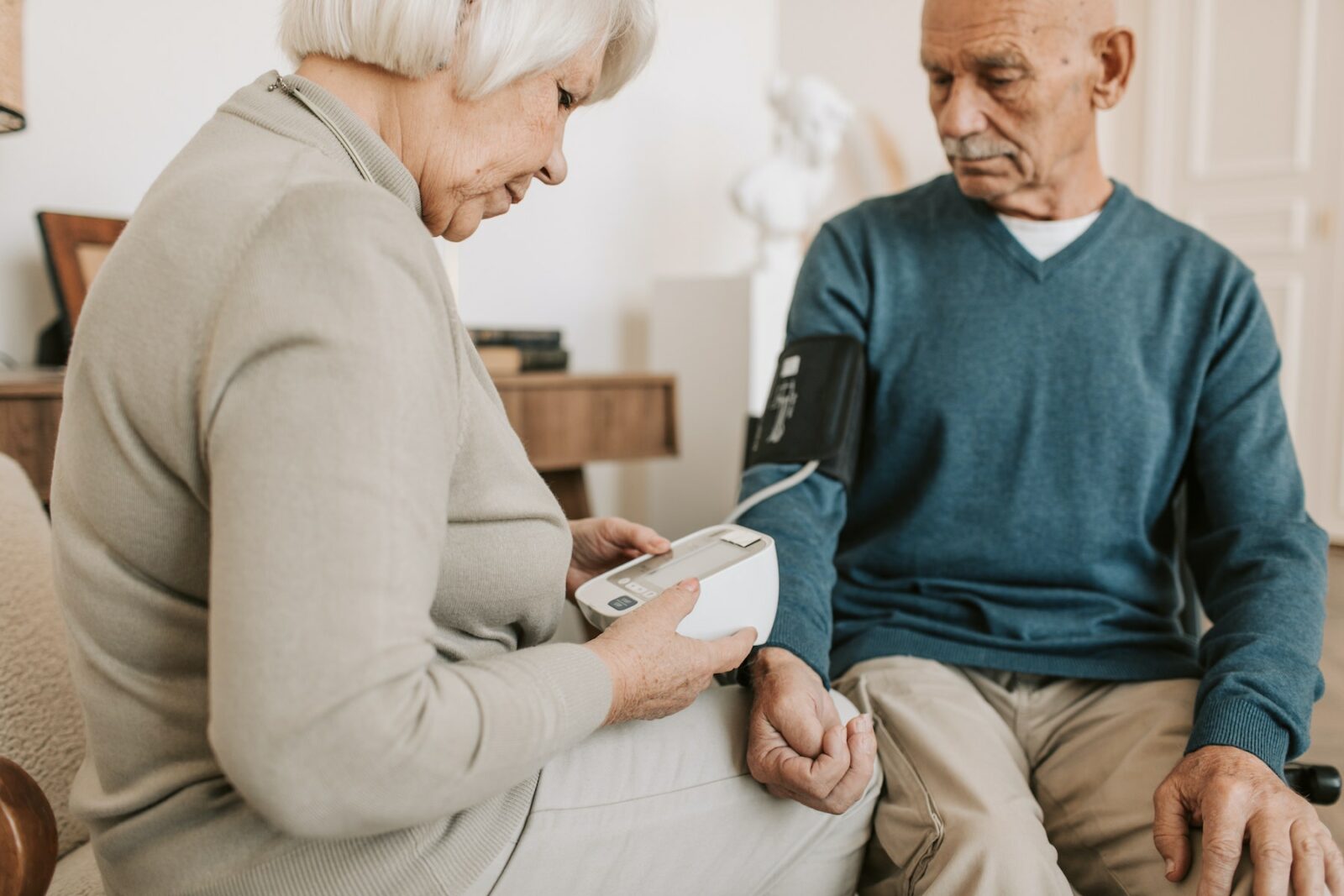
Have you recently checked your blood pressure? It’s advised for adults to undergo this straightforward check annually.
If your doctor’s office indicates that your blood pressure is above the optimal range, the current US Preventive Services Task Force suggests taking another reading outside the clinic before considering treatment. However, this isn’t the only rationale for consistent at-home blood pressure checks.
The Importance of At-home Blood Pressure Monitoring
Some individuals only exhibit elevated blood pressure in a clinical setting – a phenomenon termed “white-coat hypertension.” A reliable way to ascertain genuine high blood pressure is by conducting numerous readings at home.
Home tracking is beneficial:
- When your physician recommends monitoring to determine the necessity of blood pressure medication.
- For those already diagnosed with hypertension, to fine-tune medication to reach the desired blood pressure target.
- For expectant mothers or those who’ve recently given birth, especially if there’s concern over preeclampsia – a grave hypertension variant that can detriment vital organs and lead to severe complications.
Which Blood Pressure Device Should You Opt For?
- Opt for a tested and approved monitor to ensure accuracy.
- Avoid wrist or fingertip cuffs; upper-arm cuffs are more precise.
- Select a suitable cuff size based on your upper arm’s measurement. Ensure it’s neither too tight nor too loose to guarantee accurate readings.
- Basic models are available from around $25. However, higher-end versions, priced between $50 and $100, offer added features, including data storage and transfer capabilities.
Blood Pressure Readings: Three Crucial Considerations
Members Only Content
To continue reading please subscribe to WellnessPlus by Dr. Jess MD
Be your own best doctor with our comprehensive suite of online health coaching tools.
